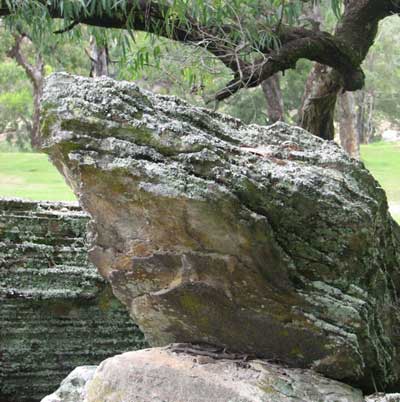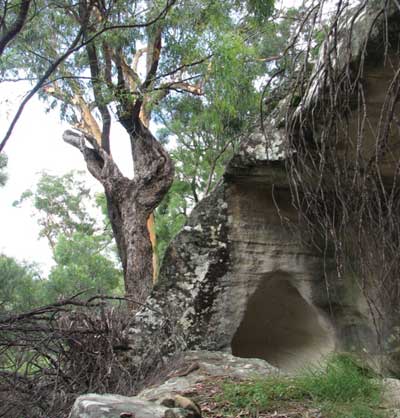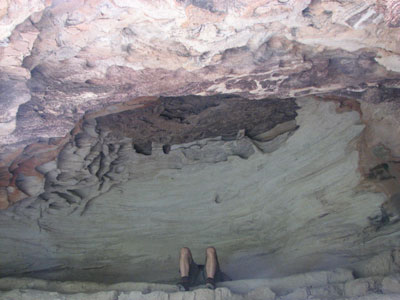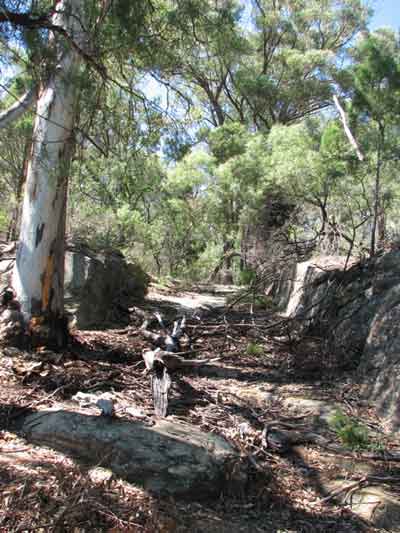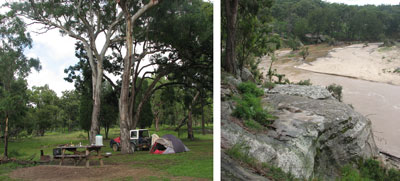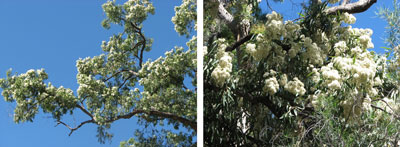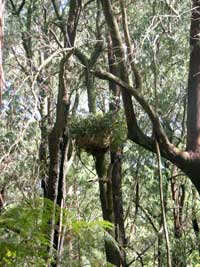 As you might expect, given that I live in forest country, I love trees.
As you might expect, given that I live in forest country, I love trees.
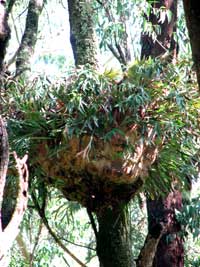
On my place I keep planting more where they haven’t managed to regenerate by themselves after the clearing and burning and grazing of years ago.
Mostly I look at the forest as a wall, I suppose—and thus miss the individuality of the trees.
I ought to look up into my treetops more often, for koalas, not seen here since the 2002 fires.
I keep hoping, as I think I heard one a few months ago.
No koalas yet, but other things live in trees, like this beautifully healthy and quite old elkhorn high up in a casuarina.
When they get this big they can be too heavy for the tree or branch, and hence vulnerable to snapping off in a storm.
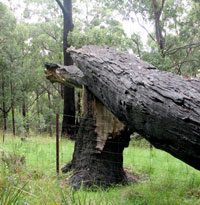 Even when a tree is totally destroyed, its trunk broken off and laid low, taken from skydweller to ground hugger, it takes on new life as host. Like this mighty ancient, which blocked the track for some time until a big enough chainsaw came along.
Even when a tree is totally destroyed, its trunk broken off and laid low, taken from skydweller to ground hugger, it takes on new life as host. Like this mighty ancient, which blocked the track for some time until a big enough chainsaw came along.
Where possums and birds may have lived in it before, now termites and beetles and fungi are residents.
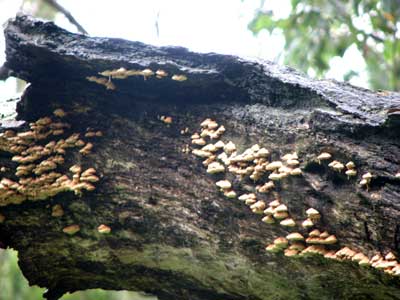
This fungus colony has taken shelter in the horizontal overhang created by what was once vertical.
Nothing is wasted in nature.

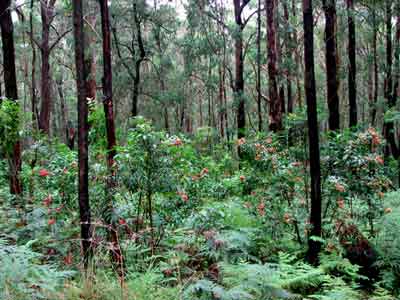
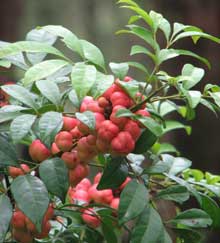
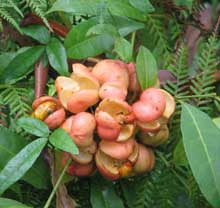 My forest does not have much understorey but in the damper dips and gullies there are always pockets of a small tree—scentless rosewood, Synoum glandulosum.
My forest does not have much understorey but in the damper dips and gullies there are always pockets of a small tree—scentless rosewood, Synoum glandulosum.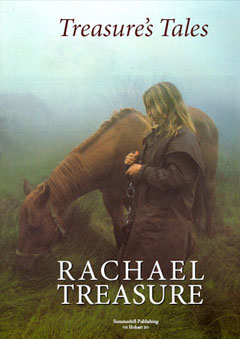 As a lover of the physical fact of books—their weight and feel, their look and smell, and their cumulative presence as they cover my walls—I have not been in favour of eBooks.
As a lover of the physical fact of books—their weight and feel, their look and smell, and their cumulative presence as they cover my walls—I have not been in favour of eBooks. As you might expect, given that I live in forest country, I love trees.
As you might expect, given that I live in forest country, I love trees.
 Even when a tree is totally destroyed, its trunk broken off and laid low, taken from skydweller to ground hugger, it takes on new life as host. Like this mighty ancient, which blocked the track for some time until a big enough chainsaw came along.
Even when a tree is totally destroyed, its trunk broken off and laid low, taken from skydweller to ground hugger, it takes on new life as host. Like this mighty ancient, which blocked the track for some time until a big enough chainsaw came along.
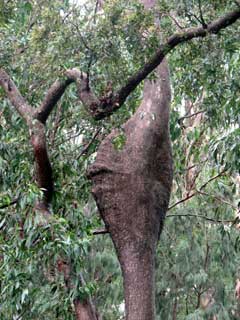 When walking along the forest tracks, I am usually so busy keeping my eyes directed downwards for snakes—and currently for the rare dry strips between the puddles—that I don’t often look up to the treetops.
When walking along the forest tracks, I am usually so busy keeping my eyes directed downwards for snakes—and currently for the rare dry strips between the puddles—that I don’t often look up to the treetops.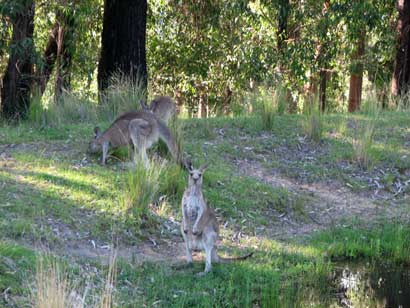
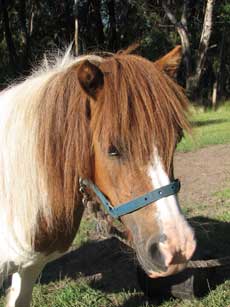 When I feed the horses I have to tie them up so the greedy ones don’t annoy the others.
When I feed the horses I have to tie them up so the greedy ones don’t annoy the others.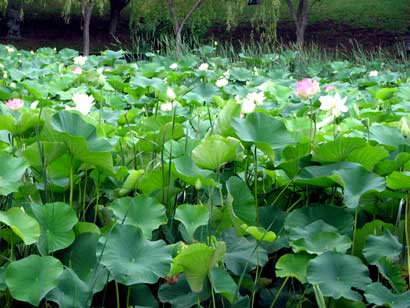

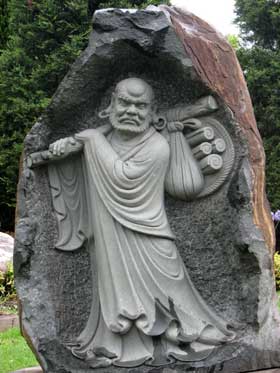 If ever you’re passing through Wollongong (NSW) do stop in at the amazing Nan Tien Buddhist temple just south of the city.
If ever you’re passing through Wollongong (NSW) do stop in at the amazing Nan Tien Buddhist temple just south of the city.

 With temperatures veering from 13 to 35 degrees, neither the fauna nor the flora know what’s going on here.
With temperatures veering from 13 to 35 degrees, neither the fauna nor the flora know what’s going on here.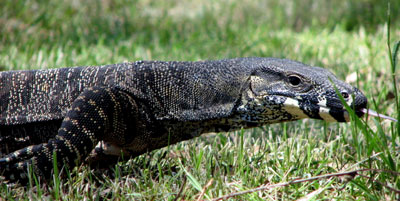
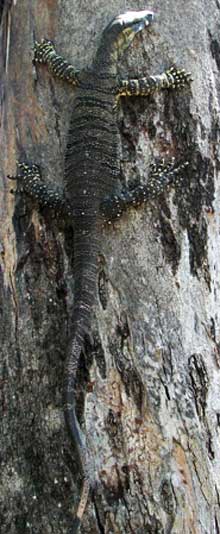 On a recent Goulburn River camping trip, one visitor to the campsite was familiar: a large, long goanna, or Lace Monitor.
On a recent Goulburn River camping trip, one visitor to the campsite was familiar: a large, long goanna, or Lace Monitor.
